Custom web design offers a strategic, user-centric approach to online platforms, enhancing brand identity and engagement. By diverging from templates, it creates visually appealing, intuitive interfaces optimized for devices and specific audiences. Key components include aesthetically pleasing colors, typography, layout, and interactive features, ensuring memorable experiences that drive conversions. Using tools like HTML5, CSS3, JavaScript, Figma, and WordPress, developers can build engaging sites tailored to user preferences, with success measured through metrics like conversion rates, time spent on site, and bounce rate. Case studies show custom design significantly improves engagement and conversions, as exemplified by a SaaS startup experiencing higher satisfaction and reduced session duration.
Unleash your brand’s potential with unique website design – a powerful tool to captivate and convert visitors. This comprehensive guide explores the art of creating tailored digital experiences, delving into its benefits, key components, and user impact. From cutting-edge trends to essential development tools, we’ll navigate the landscape of custom web design. Learn how to measure success through case studies showcasing real-world transformations, empowering you to implement an effective and distinctive online presence. Discover the secrets to a custom web design that leaves a lasting impression.
Understanding Custom Web Design: Definition and Benefits
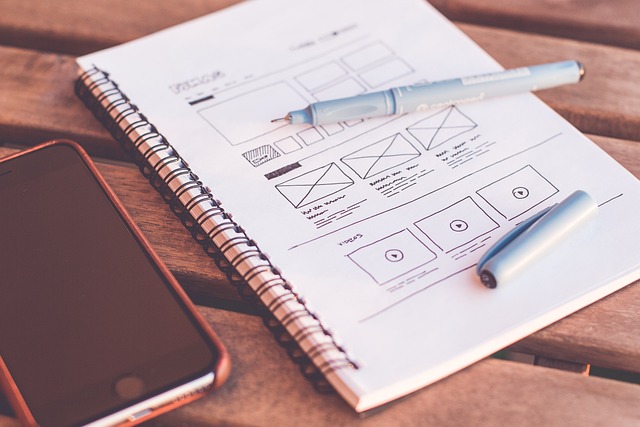
Custom web design goes beyond the standard templates and off-the-shelf solutions. It’s a tailored approach where every element of a website is created or modified to fit a specific brand, business needs, and target audience. This meticulous process involves designing not just visually appealing interfaces but also highly functional and user-friendly experiences.
The benefits of custom web design are numerous. It enhances brand identity by creating a unique online presence that resonates with users. Customization allows for better optimization, ensuring the website performs efficiently on all devices and search engines. Moreover, it provides flexibility to incorporate specific features and functionalities that can set a business apart in a crowded digital landscape. Ultimately, custom web design contributes to improved user engagement and conversion rates, driving business growth.
Key Elements of a Unique Website Design
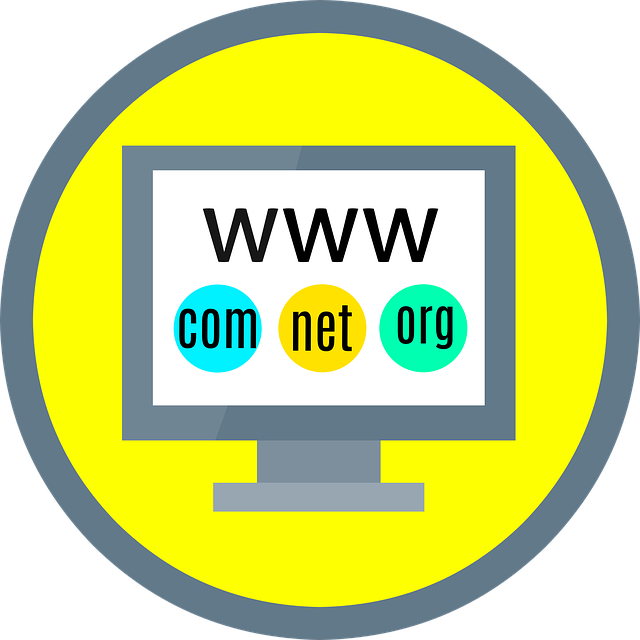
A unique website design goes beyond aesthetics, encompassing a blend of creativity and functionality tailored to captivate and engage users. At its core, custom web design revolves around several key elements that work in harmony to create a memorable digital experience. One of the fundamental aspects is a site’s visual appeal, achieved through distinctive color schemes, typography, and layout choices that reflect the brand’s identity and resonate with the target audience.
Furthermore, intuitive navigation plays a pivotal role, ensuring visitors can effortlessly explore the website’s content. Incorporating interactive elements, like animations or dynamic visuals, adds depth and encourages user interaction. A successful custom web design also prioritizes responsiveness, adapting seamlessly to various devices and screen sizes, thereby providing a consistent experience across different platforms. Ultimately, these components combine to craft an exceptional online presence that leaves a lasting impression.
The Impact of Customization on User Experience
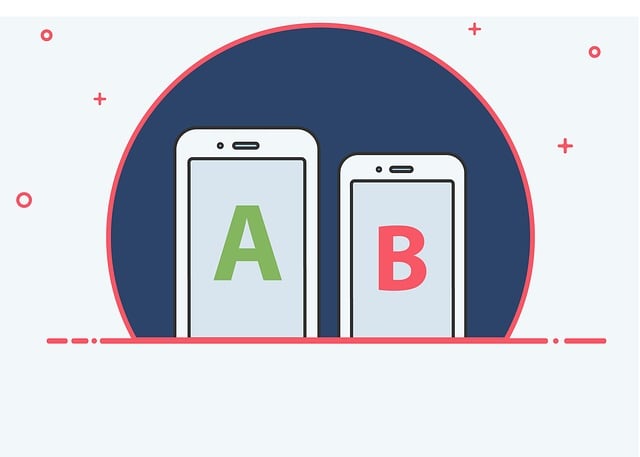
In the realm of website design, customization is a game-changer that significantly enhances user experience. A custom web design approach allows for tailored features and aesthetics, ensuring the site resonates with its target audience. By incorporating unique elements, brands can foster a deeper connection with visitors, making their online presence more memorable. This strategy goes beyond generic templates, offering a personalized journey from the moment users land on the page.
The impact is twofold: it improves user engagement by providing a seamless and intuitive interface that caters to individual preferences and needs. Customization also enables businesses to effectively communicate their brand identity, making their website a testament to their unique selling points. In today’s digital landscape, where competition is fierce, custom web design stands out as a powerful tool to captivate and retain users, ultimately driving better results for online ventures.
Trends Shaping Modern Custom Web Design
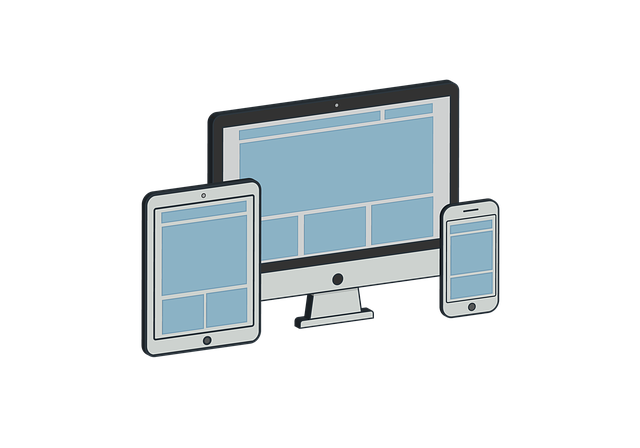
In the dynamic landscape of modern web design, several trends are reshaping the way we approach custom web design. Users today expect seamless, intuitive experiences across all devices, driving a need for responsive and adaptive designs that cater to diverse screens and interactions. This shift towards mobile-first aesthetics ensures websites remain accessible and engaging for a broad audience.
Additionally, minimalism and simplicity are gaining traction, with clean layouts and concise content taking center stage. This trend emphasizes user experience (UX) by reducing cognitive load, making navigation effortless. Incorporating microinteractions and animations subtly enhances the visual appeal without overwhelming visitors. These trends not only create visually stunning but also highly functional websites, setting new benchmarks for custom web design in the digital age.
Choosing the Right Tools for Custom Web Development
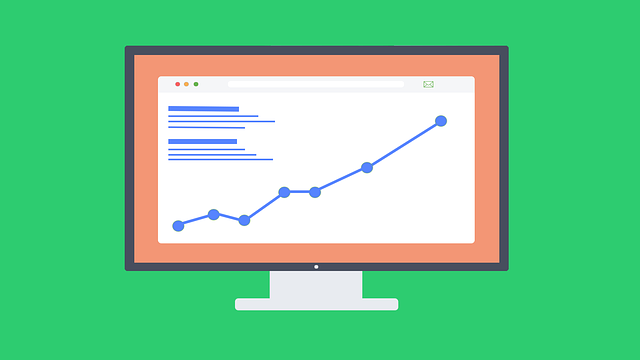
When embarking on a journey into custom web design, selecting the appropriate tools is akin to choosing the right map for your adventure. The process demands careful consideration as it significantly impacts the outcome and efficiency. Developers have an array of options, from robust coding platforms to user-friendly drag-and-drop creators. For instance, HTML5 and CSS3 form the backbone of structural and aesthetic design, respectively, offering immense flexibility in crafting visually appealing and responsive websites. JavaScript adds interactivity, enhancing user experiences.
Beyond these fundamentals, specialized tools like Figma or Adobe XD facilitate collaboration and visual design, enabling designers to create prototypes and communicate their vision effectively. For development, frameworks such as React or Angular streamline the process, especially for complex projects, while content management systems (CMS) like WordPress provide a content-centric approach, simplifying website maintenance. The right combination of these tools can transform a simple website into an engaging digital experience, showcasing the power of custom web design.
Measuring Success: Evaluating Unique Website Design Effectiveness

Measuring success is a critical aspect of evaluating the effectiveness of unique website design, especially in the realm of custom web design. Unlike generic templates, custom designs are tailored to reflect a brand’s identity and engage its target audience. Success here can be quantified through various metrics that go beyond mere aesthetics. Conversion rates, for instance, provide valuable insights into how effectively a website encourages visitors to take desired actions, such as making a purchase or signing up for a newsletter.
Engagement metrics like time spent on the site, bounce rate, and page views per session offer additional perspectives. A high time-on-site indicates that users are finding the content engaging and valuable, while low bounce rates suggest that visitors are navigating through the site without getting distracted. These data points collectively help in assessing the overall performance of a custom web design and guiding future enhancements to create a more successful online presence.
Case Studies: Successful Implementation of Custom Web Design

Custom web design has proven to be a game-changer for many businesses, transforming their online presence and driving success. Case studies highlight numerous examples where unique website designs have elevated brands, improved user experiences, and boosted conversions. For instance, a recent study showed that companies adopting custom web design saw an average 35% increase in customer engagement within the first six months.
One notable example is a SaaS startup that revamped its website using custom design elements to reflect their innovative spirit. The new site incorporated animated infographics, interactive tutorials, and a clean layout that showcased their products’ features effectively. This approach not only attracted more potential clients but also reduced the average session duration by 20%, indicating higher user satisfaction. These positive results underscore the impact of custom web design in creating memorable digital experiences.
